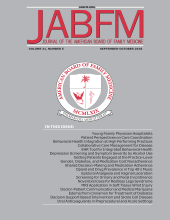Abstract
Background: Disparities in depression care exist among the poor. Community Partners in Care (CPIC) compared a community coalition model with technical assistance to improve depression services in under-resourced communities. We examine effects on health, social, and utilization outcomes among the poor and, non-poor depressed, and poor subgroups.
Methods: This study analyzed clients living above (n = 268) and below (n = 750) the federal-poverty level and, among the poor, 3 nonoverlapping subgroups: justice-involved (n = 158), homeless and not justice-involved (n = 298), and other poor (n = 294). Matched programs (n = 93) from health and community sectors were randomly assigned to community engagement and planning (CEP) or resources for services (RS). Primary outcomes were poor mental health–related quality of life and 8-item Patient Health Questionnaire scores, whereas community-prioritized and utilization outcomes were secondary. Effects were scrutinized using false discovery rate–adjusted P values to account for multiple comparisons.
Results: In the impoverished group, CEP and RS clients of participating study programs did not differ in primary outcomes, but CEP more than RS improved mental wellness among the depressed poor (unadjusted P = .004) while providing suggestive evidence for other secondary outcomes. Within the poor subgroups, evidence favoring CEP was only suggestive but was strongest among justice-involved clients.
Conclusions: A coalition approach to improving outcomes for low-income clients with depression, particularly those involved in the justice system, may offer additional benefits over standard technical assistance programs.







